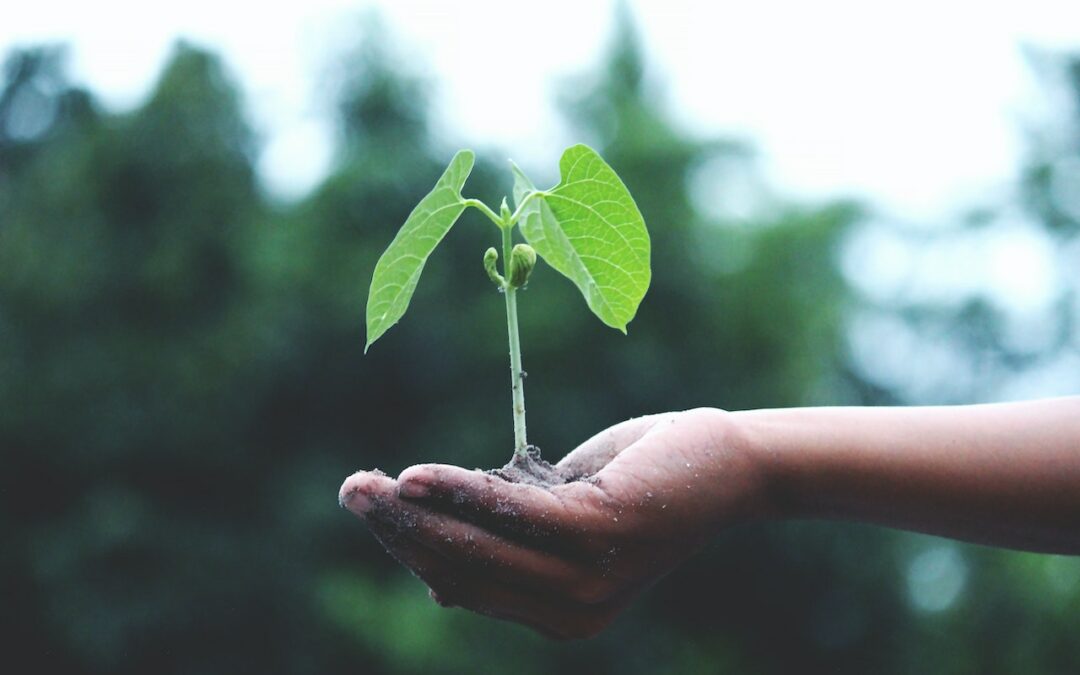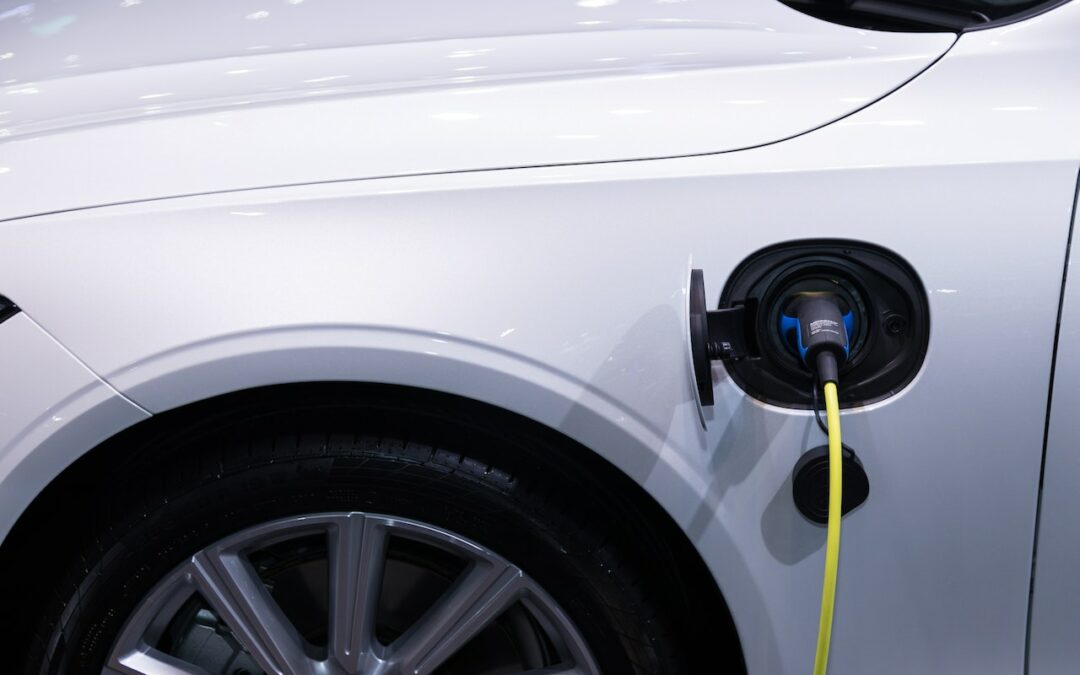
by Komoneed | Jul 4, 2024
Electrification advocacy group Rewiring Australia has urged Australia to “double down on electrification”, referring to the finding of AEMO’s Integrated System Plan (ISP) that the country can reliably run on renewable energy, but needs more of it.
“The ISP makes clear that the best course of climate action is to double down on progress made already, support the 3.8 million households with rooftop solar and not U-turn towards slow and expensive nuclear baseload power,” said Dan Cass, Rewiring Australia’s Executive Director.
“Consumer-owned rooftop solar, electric vehicles and batteries from households and businesses have the largest potential for generation, storage and firming capacity by 2050 — more potential than nuclear,” he added.
Cass described rooftop solar as the world’s cheapest delivered energy, with nuclear unable to compete. He said the next step was for governments and industry to coordinate better to deliver large-scale renewables.
“This includes communicating the benefits of clean energy to communities, negotiating with them in good faith and sharing the benefits of clean energy infrastructure more fairly with locals,” he said.
“We also need to focus more on consumers in cities and towns by super-sizing solar and storage on these distribution networks.
“Electrification is the fastest, cheapest and fairest way to decarbonise. We must seize this opportunity to ensure more Australians enjoy the benefits of household electrification as soon as possible,” Cass concluded.
Image credit: iStock.com/zstockphotos

by Grace Ebert | Jul 4, 2024
Working across assemblage, sculpture, and installation and often in communities, vanessa german (previously) frequently returns to love and honesty as the core of her practice and therefore, her life. She believes love is an “infinite human technology” with the immense potential to catalyze change and mobilize people, and it emerges in her work not as a theme or metaphor but as a material, named alongside others like rose quartz, Astroturf, and the artist’s own hair. More
Do stories and artists like this matter to you? Become a Colossal Member today and support independent arts publishing for as little as $5 per month. The article A Colossal Conversation: vanessa german On Being Whole and Having a Responsibility to Be Irresponsible appeared first on Colossal.
by Komoneed | Jul 4, 2024
This post was originally published on WBCSDMumbai, India, 24 June 2024: The CEOs and C-level executives of 32 forward-thinking companies convened during the inaugural World Business Council for Sustainable Development (WBCSD) India Connect event in Mumbai and agreed...

by Komoneed | Jul 4, 2024
How USAID Supports and Scales Climate Resilience
jschoshinski
Tue, 07/02/2024 – 16:08
Climate shocks and stressors are increasingly pervasive, with specific impacts across sectors, populations, and geographies. Extreme weather events and slow-onset climate impacts pose new risks; aggravate existing social, economic, and political challenges and inequities; and degrade ecosystems and natural resources. They can also drive migration and increase the risk of conflict.
USAID’s 2022-2030 Climate Strategy focuses on actions to support and scale the climate resilience of people, places, ecosystems, and livelihoods vulnerable to the impacts of climate variability and change. These actions help people, communities, and countries anticipate, prepare for, and adapt to current and future climate impacts. This work harnesses the robust evidence that climate adaptation can save lives; increase food security and water security; safeguard ecosystem services and livelihoods; and improve health, including mental health, education, and well-being outcomes. These actions also directly support countries’ adaptation priorities as identified in Nationally Determined Contributions, National Adaptation Plans, and other development and sector plans and strategies.
How is USAID Increasing Climate Resilience?
Scaling Climate Services for Risk-informed Planning, Decision Making, and Early Action
Access to accurate and timely climate information is essential for addressing immediate climate shocks and stressors and planning for a future of shifting climate conditions. Expanding access to and use of data, information, and knowledge strengthens climate resilience across sectors, from agriculture and water to health and education. In Ethiopia, for example, the EPIDEMIA tool informs timely, geographically targeted malaria response with robust forecasts of up to eight weeks. In Rwanda, farmers participating in USAID climate services investments increased yields by 47 percent and income from crops by 56 percent. Climate services are also key for funders, governments, and development planners to identify adaptation pathways for sectors and geographies to guide long-term climate resilience.
Mainstreaming Adaptation in Sector Policy and Practice
Much development globally is guided by sector policy and practice. Climate resilience depends on sector approaches that identify and address the risk of climate impacts to sector development goals. For example, schools in Pakistan built to the latest disaster codes were able to withstand the devastating floods of 2022 and serve as shelters and epicenters of the recovery, in addition to providing continuity in access to education. As impacts like rising temperatures and standing water after floods threaten to undo decades of progress in malaria control and elimination, the President’s Malaria Initiative has released a framework to guide climate-resilient malaria programs.
Focusing on Key Areas of Engagement
Achieving climate resilience depends on engaging a range of actors and processes from the local to global levels. Locally led adaptation supports local people, institutions, and networks to lead adaptation decisions and access the power and resources to supplement local knowledge and expertise. Nature-based solutions for adaptation are key to strengthening climate resilience in rural and urban areas. Transforming key systems, services, and associated sectors towards climate resilience is also necessary. Integrated systems such as energy, transport, water, sanitation, agriculture and food systems, health, and urban, among others, need to address climate vulnerability to achieve climate-resilient pathways. For example, Operationalizing USAID’s Climate Strategy to Achieve Transformative Adaptation and Mitigation in Agricultural and Food Systems presents detailed recommendations and targets for transforming agri-food systems.
Increasing Finance for Adaptation
Significant financial resources are needed to support adaptation needs at all scales, from countries to local communities. Take USAID Climate Ready, which helped regional and national institutions build project development teams to apply for grants from international climate funds like the Green Climate Fund, in turn unlocking more than $562 million for climate resilience activities in the Pacific Islands, benefitting more than 800,000 people. USAID is collaborating with the Government of Peru to channel its own public investment funds to support natural infrastructure solutions to water scarcity. The private sector has key opportunities to innovate and scale adaptation solutions and advance climate resilience within supply chains. USAID launched an Adaptation Finance Window in 2023 that provides catalytic grants to promising adaptation-related businesses and support to help launch new private investment funds that seek to leverage hundreds of millions of dollars in private investment for adaptation. USAID is also supporting the new $100 million CARICOM Resilience Fund to unlock adaptation finance for small and medium enterprises and infrastructure in the Caribbean.
Teaser Text
USAID’s 2022-2030 Climate Strategy focuses on actions to support and scale the climate resilience of people, places, ecosystems, and livelihoods vulnerable to the impacts of climate variability and change.
Publish Date
Tue, 07/02/2024 – 12:00
Author(s)
Laurie Ashley
USAID Adaptation Team
Hero Image
2023 USAID PH Safe Water 03.jpg
Blog Type
Blog Post
Strategic Objective
Adaptation
Integration
Region
Global
Topic
Adaptation
Agriculture
Climate
Climate Finance
Climate Policy
Climate Strategy
Food Security
Health
Locally-Led Development
Mitigation
Nature-based Solutions
Private Sector Engagement
Resilience
Systems Change
Water and Sanitation
Sectors
Adaptation
Show Download Link
On

by Komoneed | Jul 4, 2024
The Citroen e-C3 is the 2024 Auto Express Affordable Electric Car of the Year, with the BYD Dolphin and MG4 commended




